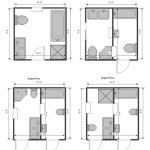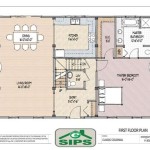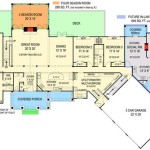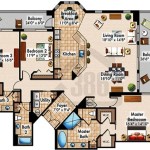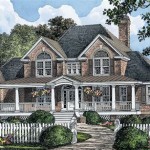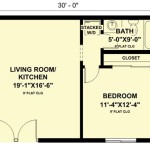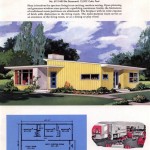House Plans for Sloped Land
Building a home on a sloped property poses unique design challenges and opportunities. However, with careful planning and the right house plan, you can create a stunning and functional home that complements the natural terrain.
When selecting a house plan for sloped land, consider the following factors:
- Slope Degree: The steepness of the slope will dictate the overall design and structural requirements of the home.
- Soil Conditions: The soil's stability and drainage capabilities will influence the type of foundation and retaining walls needed.
- Vegetation: Preserving existing trees and vegetation can add value to the property and reduce erosion.
- Sun Exposure: Consider the orientation of the home to maximize natural light and solar energy.
Optimizing Space and Functionality
Sloped land often provides opportunities for creative space planning. Split-level homes, for example, allow for multiple levels that conform to the natural contours of the land. This can create interesting and flexible living spaces while minimizing excavation costs.
Terraced homes feature multiple levels connected by stairs or ramps, providing a spacious and visually appealing arrangement. They also offer excellent opportunities for outdoor living areas and panoramic views.
Structural Considerations
Building on sloped land requires careful attention to structural details. Proper foundations are essential to ensure stability and prevent erosion. Cantilevered designs can extend the home over the slope, creating dramatic architectural effects.
Retaining walls are often necessary to stabilize the soil and create level building areas. They should be designed and built by experienced professionals to ensure structural integrity.
Drainage and Erosion Control
Effective drainage is crucial on sloped land to prevent water damage and erosion. Roof gutters, downspouts, and French drains should be strategically placed to redirect rainwater away from the home's foundation.
Slope stabilization techniques such as terracing, contouring, and geotextiles can help prevent soil erosion and maintain the integrity of the landscape.
Design Aesthetics
Sloped land offers unique design opportunities. By incorporating natural elements into the home's architecture, you can create a harmonious relationship between the home and its surroundings.
Large windows and balconies can capitalize on stunning views, while outdoor living spaces such as patios and decks can extend the living area into the natural landscape.
Conclusion
Designing a home on sloped land requires careful planning, structural expertise, and attention to detail. By selecting an appropriate house plan, optimizing space and functionality, addressing structural considerations, and incorporating design aesthetics, you can create a beautiful and functional home that embraces the challenges and maximizes the opportunities of its unique terrain.

Sloped Lot House Plans With Walkout Basements At Dream Home Source Unique Modern Design

House Plans For A Sloped Lot Dfd Blog

Hillside And Sloped Lot House Plans

Hillside House Plans With Garages Underneath Houseplans Blog Com

Loading Sloping Lot House Plan Slope Modern Plans

Home Designs For Sloping Blocks Mark Lawler Architects

Home Designs For Sloping Blocks Mark Lawler Architects

Hillside And Sloped Lot House Plans

4 Bed Sloping Land House Plans Country Home Exteriors Design

218m2 4 Bedrooms Home Plan Bed Bedroom Instant

